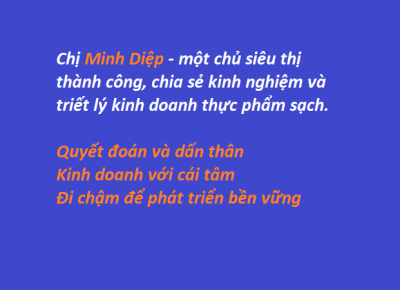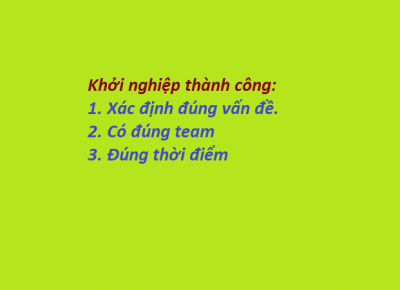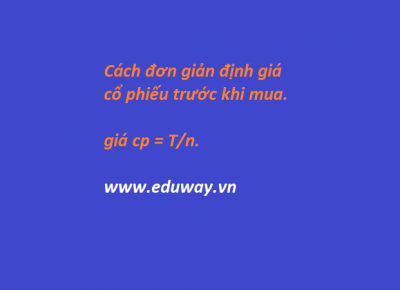What's the Difference Between Newspapers, Magazines, and Journals?
Abstract: A brief overview of the content of an article that provides details about the article. An abstract might be written by the author of the article, as is the case with most professional journals, or might be contributed by professional indexers, as is the case with many articles included in research databases.
Article: Much shorter than a book, an article can be as short as a paragraph or two or as long as several dozen pages. Articles can address any topic that the author decides to explore and can reflect opinion, news, research, reviews, instruction, nearly any focus. Articles appear in newspapers, magazines, trade publication, journals, and even in books. Because of their relative brevity, articles typically are used to provide up-to-date information on a wide variety of topics.
Book Review: A usually brief article that provides an evaluation and appreciation of a book. A review might assess the importance of a book's contributions to a particular field of study or might make recommendations to potential readers of the book. Reviews of fiction will usually comment on originality, style, and readability. While an important tool for helping a researcher assess the value of a book to his or her research topic, a book review, by itself, is usually not sufficient for use as a source in a research project.
Issue: A single, regular publication of a journal, magazine, newspaper, newsletter, or trade publication. A magazine or journal that publishes monthly will have twelve issues in a year. News magazines like Time and Newsweek publish weekly and will have 52 issues in a year. Newspapers might publish daily or weekly. A daily will have 365 issues in a year. Issues are usually numbered, so a journal that publishes twelve issues in a year starting with January will number each issue sequentially (issue 1, January; issue 2, February; issue 3, March; etc.).
Journal: A regularly published collection of articles that focus on topics specific to a particular academic discipline or profession. Journals might be published monthly, bi-monthly, quarterly, semi-annually, or even annually. Probably the most common publication frequency is monthly and quarterly. Journal articles are typically of substantial length (often more than 10 pages) and usually reflect research, whether it be surveys of existing research or discussions of original research. Most journal articles will be prefaced with an abstract and will include extensive documentation within the article or at the end of the article. Most research begins with a survey of existing literature on a topic and proceeds with the development of new ideas or new research into a topic. Articles are usually written by experts in their fields, although journals might also publish letters from their readership commenting on articles that have been published in previous issues. Journals might also include opinion articles or editorials. Examples of journals include Journal of the American Medical Association, American Sociological Review, Psychological Reports, Publications of the Modern Language Association, Educational Research Quarterly, and Evolutionary Biology.
Literature Review: An important part of nearly any research project, a literature review consists of a survey of previously published or non-published materials that focus on a particular subject under investigation. For example, a researcher looking into whether there is a relationship between musical aptitude and academic achievement in elementary age students would begin by looking for articles, books, and other materials that reflected previous research into this topic. The function of the review is to identify what is already known about the topic and to provide a knowledge foundation for the current study.
Magazine: A regularly published collection of articles that might focus on any topic in general or on topics of interest to a specific group, such as sports fans or music fans or home decorators. Magazines might be published weekly, monthly, semi-monthly or only several times a year. More commonly, magazines are published weekly or monthly. Articles in magazines are typically written for the general reading public and don't reflect in-depth research (an exception might be an investigative report written in a news magazine that involved weeks or months of research and interviews to complete). Most magazine articles do not list references and are written by the magazine's own staff writers. In general, magazine articles are easy to read, are fairly brief in length, and may include illustrations or photographs. Magazines also rely heavily on advertisements targeted to consumers as a source of revenue. Examples of magazines include Time, Newsweek, Rolling Stone, Popular Mechanics, Car and Driver, Interview, Good Housekeeping, Elle, GQ, and Sports Illustrated.
Newsletter: A regularly published collection of brief news articles of interest to members of a particular community. Professional associations might issue newsletters to keep their membership up to date. Businesses and schools might issue newsletters to keep their constituents up to date. Nearly any type of organization or society might have its own newsletter. Articles in newsletters are typically brief, and the entire newsletter itself might be only half a dozen pages in length. These are usually internal publications that have interest mainly to people who participate in the activities of the issuing body. They are frequently used to inform members of an organization of upcoming events. Examples of newsletters include 401(k) Advisor, Adult Day Services Letter, Black History News & Notes, Credit Card Weekly, Education Business Weekly, Music Critics Association Newsletter, and Student Aid News.
Newspaper: A regularly published collection of fairly brief articles that provide updates on current events and interests. Newspapers are generally published daily, weekly, and bi-weekly, although they may have less regular publication schedules. Most major newspapers publish daily, with expanded coverage on the weekends. Newspapers can be national or international in focus or might be targeted strictly to a particular community or locality. Newspaper articles are written largely by newspaper staff and editors and often do not provide authors' names. Many of the articles appearing in national, international, and regional papers are written by various wire service writers and are nationally or internationally syndicated. Examples of wire services are Reuters and the Associated Press. Newspapers rely on advertising for a part of their income and might also include photographs and even full color illustrations of photos. A common feature of most newspapers is its editorial page, where the editors express opinions on timely topics and invite their readers to submit their opinions. Examples of newspapers include New York Times, Times of London, Florida Times-Union, Tampa Tribune, Denver Post, Guardian, and USA Today.
Peer Reviewed/Refereed Journal: Most academic/scholarly journals use subject experts or "peers" to review articles being considered for publication. Reviewers will carefully examine articles to ensure that they meet journal criteria for subject matter and style. The process ensures that articles are appropriate to a particular journal and that they are of the highest quality.
Trade Journal: A regularly published collection of articles that address topics of interest to members of a particular profession, such as law enforcement or advertising or banking. Articles tend to be brief and often report on developments and news within a field and might summarize current research being done in a particular area. Trade journals might also include editorials, letters to the editor, photo essays, and advertisements that target members of the profession. While trade journal articles might include references, the reference lists tend to be brief and don't reflect thorough reviews of the literature. Articles are usually written with the particular profession in mind, but are generally pretty accessible so that a person wishing to learn more about the profession would still be able to understand the articles. Examples of trade journals include Police Chief, Education Digest, Energy Weekly News, Aviation Week and Space Technology, Engineering News Record, Design News, and Traffic World.
Volume: Most journals and many magazines, newsletters, newspapers, and trade publications assign volume numbers to a year's worth or half a year's worth of issues. For example, a journal that publishes four times a year (quarterly) might assign each yearly collection of four issues a volume number to help identify which issues of the journal were published during a particular year. Publications that publish more frequently than monthly might also assign volume numbers, but they might change volume numbers mid year, so that there may be two volumes in any one publishing year.
Source
https://libguides.unf.edu/articletypes/definitions









